While the Great Barrier Reef and the Red Sea often steal the spotlight, the Indian Ocean harbors some of the world’s most pristine and unexplored coral reef systems.
Away from the crowded dive boats and tourist hotspots, these hidden gems offer adventurous divers the chance to experience marine ecosystems in their most natural state. From remote atolls to deep-wall dives, these 15 sites promise encounters with rare species and thriving coral gardens that few divers have ever witnessed.
Bassas da India Atoll
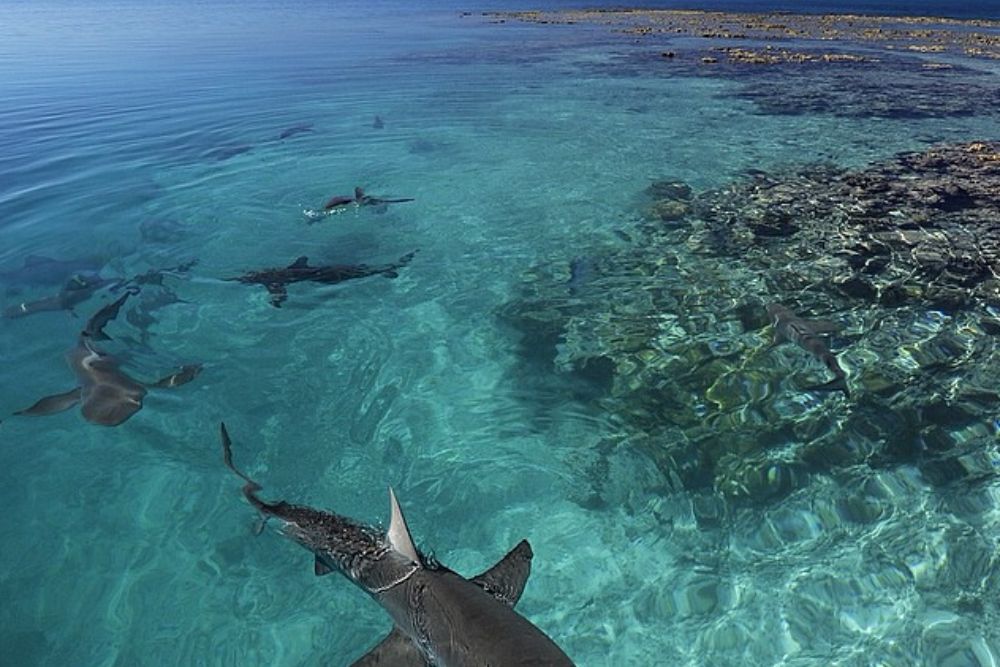
This remote French territorial atoll, located in the middle of the Mozambique Channel, remains one of the least visited dive destinations in the Indian Ocean. The circular reef system drops dramatically from the surface to depths of over 3,000 feet, creating perfect conditions for spotting deep-water species that venture up along the walls.
You’ll need to plan carefully as the atoll is completely submerged at high tide, and diving is only possible during specific seasons. The pristine hard coral formations here have remained untouched by bleaching events that have affected other regions.
Peros Banhos Reef
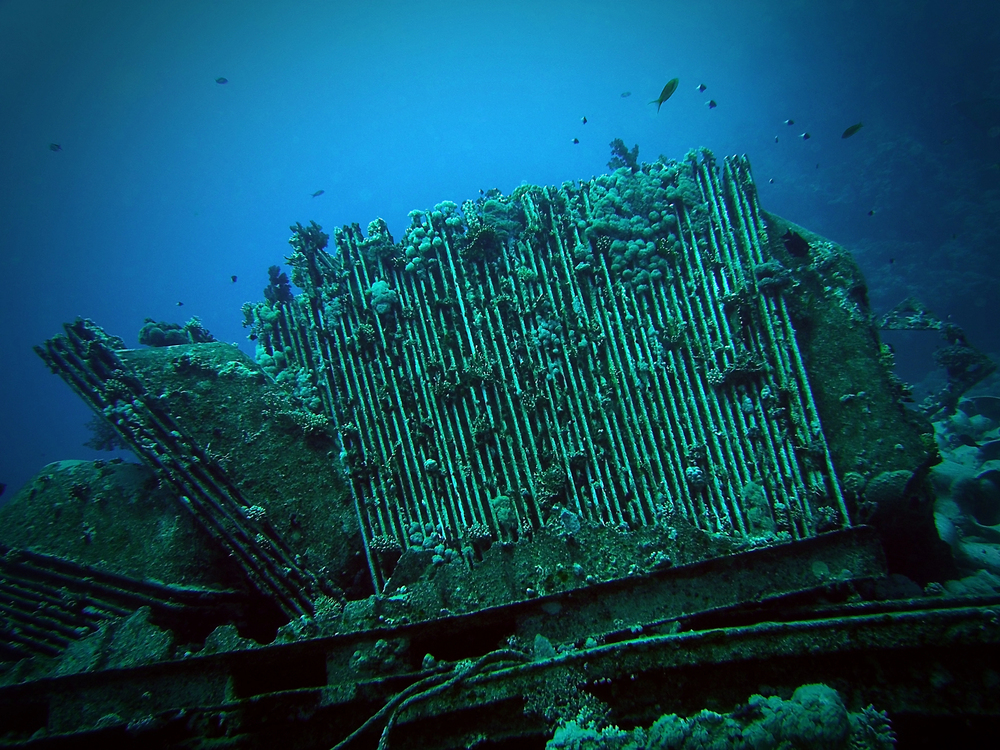
Hidden within the Chagos Archipelago, this protected reef system showcases what coral ecosystems looked like centuries ago. The waters here teem with over 800 species of fish, including dozens that have become rare elsewhere in the Indian Ocean.
Advanced certification is required due to strong currents and remote location, but the effort rewards you with views of massive gorgonian fans and schools of hammerhead sharks. The reef’s isolation has preserved unique coral species that have disappeared from more accessible locations.
Like Travel Pug’s content? Follow us on MSN.
Watamu Outer Reef
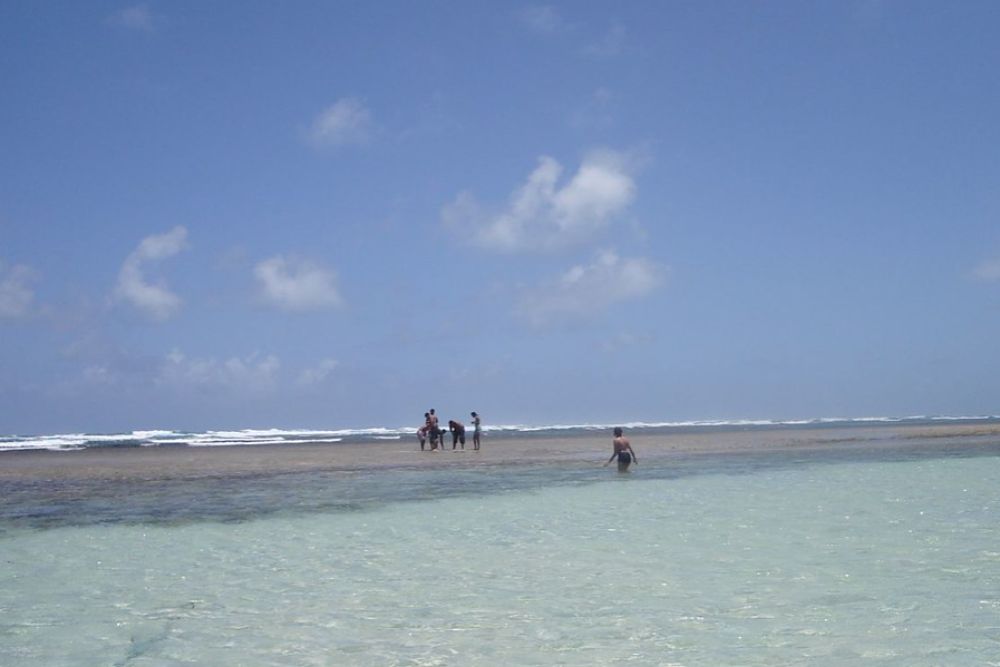
Off Kenya’s lesser-known coast lies a coral ecosystem that rivals the Caribbean’s best sites. The deep channels running through the reef system create perfect conditions for encountering large pelagic species, including whale sharks, during seasonal migrations.
Local marine biologists have identified several coral species here that are resistant to warming events, making it a crucial site for reef conservation. The outer reef sections remain relatively unexplored, offering opportunities for experienced divers to document new species.
Barren Islands
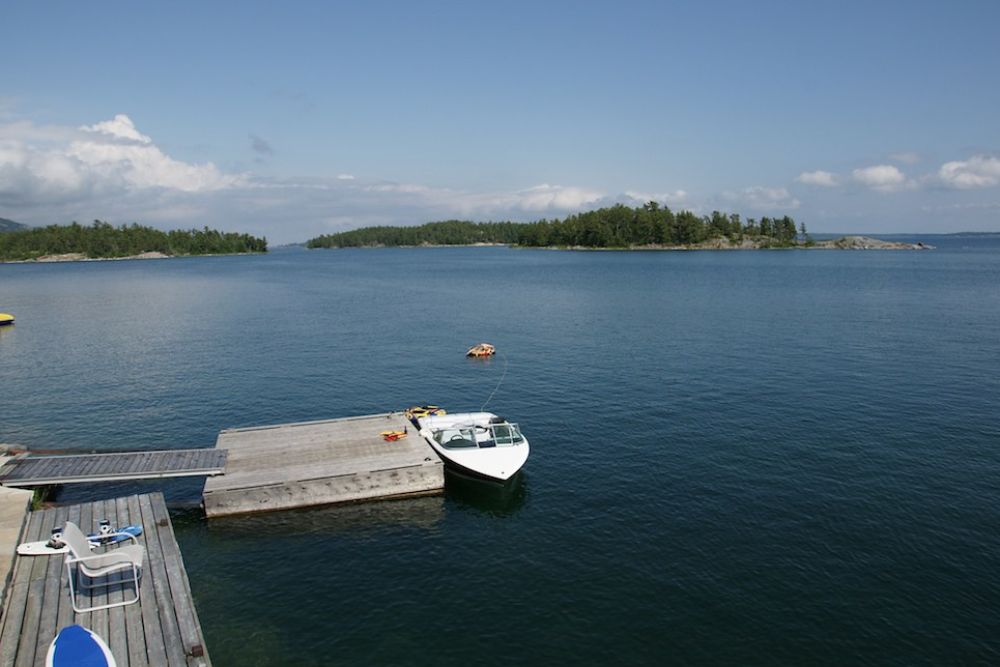
These remote outcrops off Madagascar’s western coast host some of the most diverse coral formations in the region. Strong currents sweep nutrient-rich waters past the islands, supporting an incredible variety of marine life, including rare species of ghost pipefish and leaf scorpionfish.
The southern reefs feature unique black coral gardens at recreational diving depths, something rarely seen elsewhere in the Indian Ocean. Local fishing communities have maintained traditional conservation practices here for generations, helping preserve the reef’s health.
Astove Wall
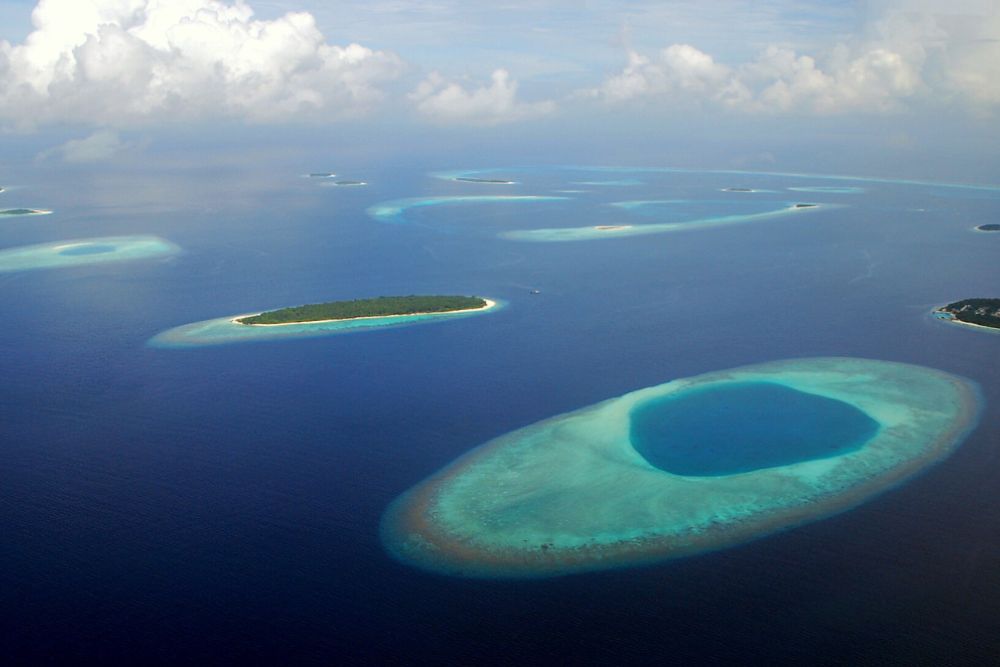
This dramatic wall dive in the Seychelles’ Outer Islands drops from near-surface levels to abyssal depths in a matter of feet. The sheer face of the wall is covered with massive sea fans and black coral bushes, while large schools of jacks and barracuda patrol the blue water.
You’ll need advanced drift diving experience to handle the strong currents that sweep along the wall. The site offers unique opportunities to observe deep-water species that ascend the wall during daily migrations.
Like Travel Pug’s content? Follow us on MSN.
Pulau Nusa Reef
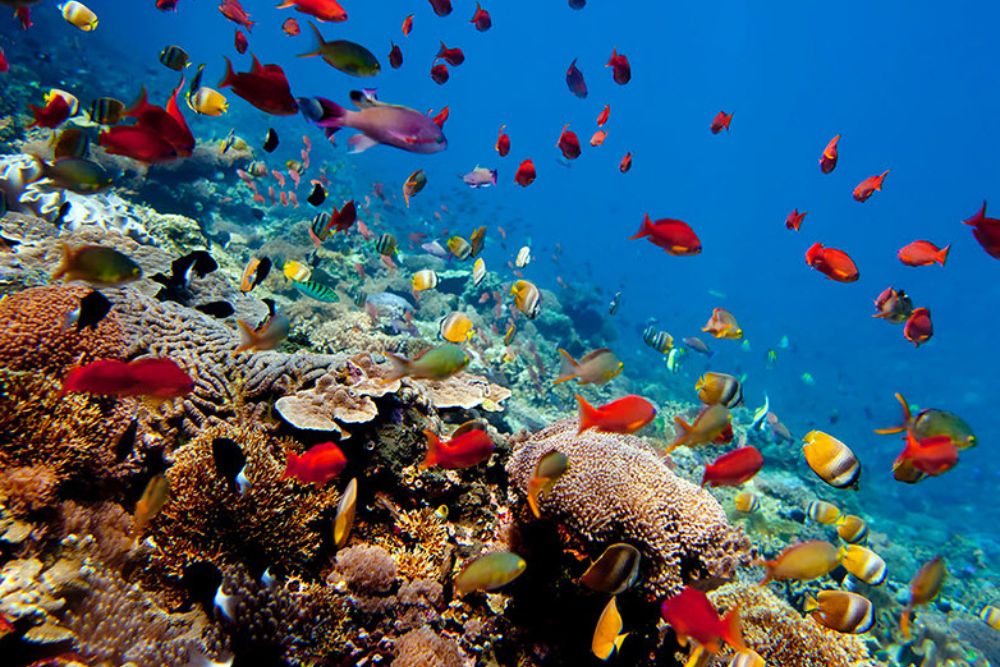
Located off Indonesia’s forgotten Sumba Island, this reef system features some of the highest coral diversity recorded in the Indian Ocean. The combination of deep water upwellings and complex reef structures creates perfect conditions for both macro photography and large animal encounters.
Local dive operators have documented over 200 species of nudibranchs here, including several that are yet to be formally described. The reef’s remote location has protected it from the bleaching events that have impacted other Indonesian reefs.
Geyser Bank
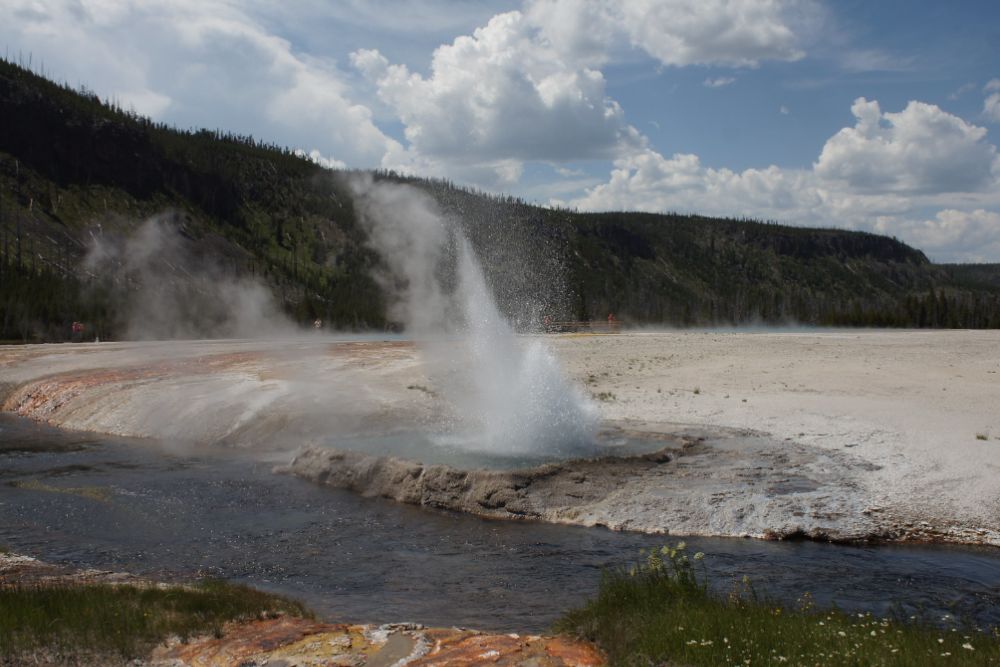
This submerged atoll between Madagascar and the Comoros features pristine coral gardens that few divers have ever seen. The bank rises from depths of over 6,000 feet, creating dramatic walls and plateaus that attract large pelagic species.
Advanced certification and experience with blue-water diving are essential due to the remote location and challenging conditions. The reef system hosts several endemic fish species that have evolved in isolation from other Indian Ocean populations.
Farquhar Atoll
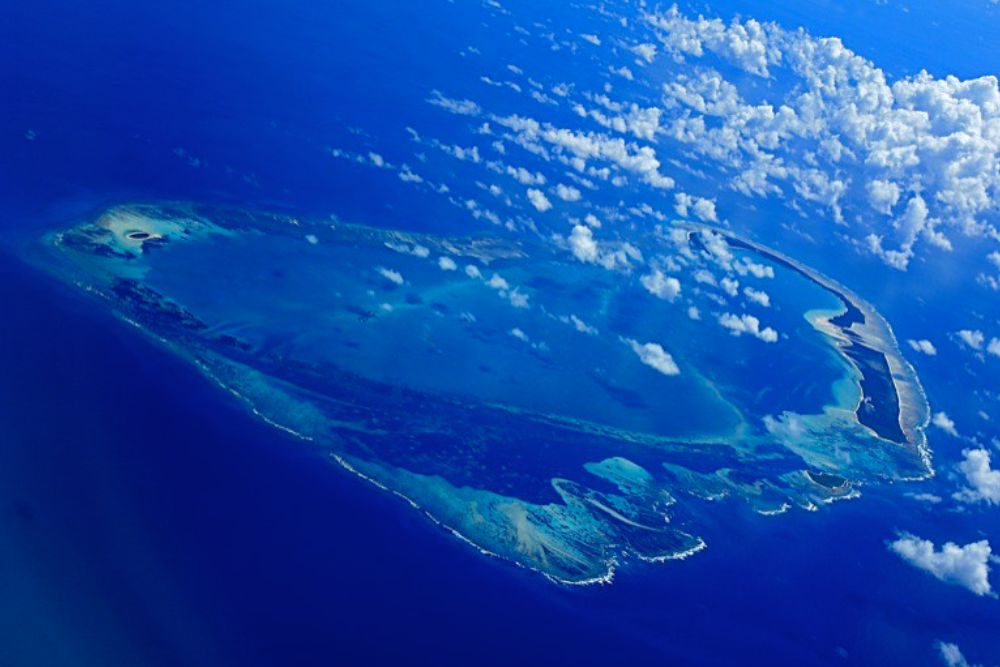
This remote Seychelles atoll offers diving experiences that range from shallow coral gardens to steep drop-offs into the abyss. The eastern channels feature some of the strongest currents in the Indian Ocean, creating perfect conditions for observing large schools of sharks and rays.
You’ll need to visit during the calm season, as conditions can become extremely challenging during the monsoon. The atoll’s isolation has preserved unique coral formations that have disappeared from more accessible locations.
Like Travel Pug’s content? Follow us on MSN.
Saya de Malha Bank
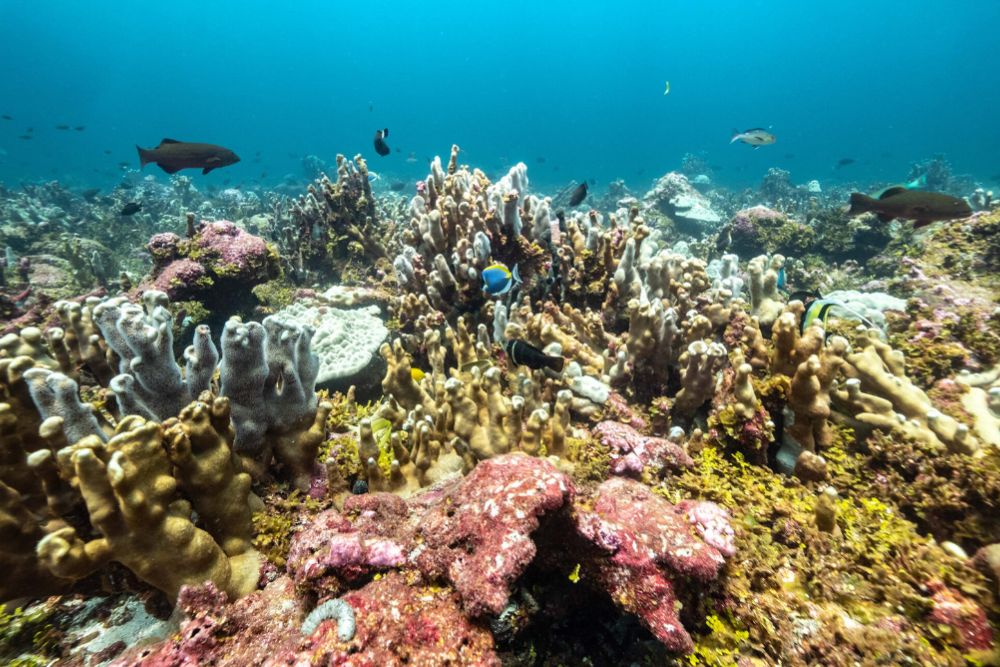
Part of the Mascarene Plateau, this submerged bank hosts what might be the largest seagrass beds in the world alongside extensive coral reef systems. The unusual combination of habitats supports an incredible diversity of marine life, including several species found nowhere else in the Indian Ocean.
Technical diving certification is required to explore the deeper sections where ancient coral formations remain untouched. The bank’s remoteness has prevented commercial fishing impacts, preserving pristine marine ecosystems.
Rowley Shoals Outer Reef
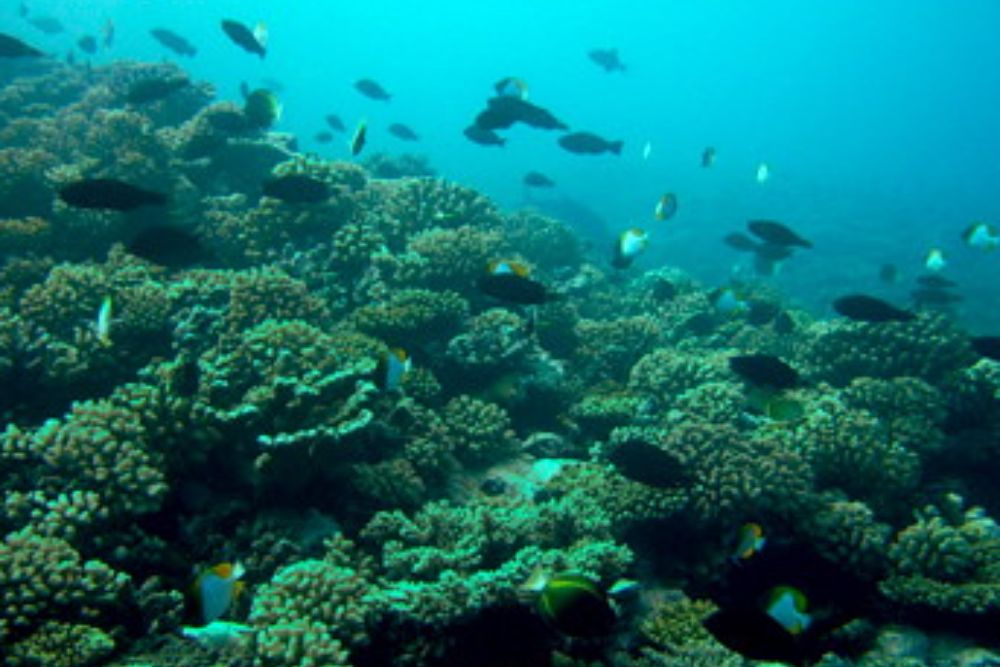
These isolated reefs off Western Australia’s coast feature some of the clearest waters you’ll find anywhere in the Indian Ocean. The outer reef walls drop into deep water, where strong currents attract schools of pelagic fish and sharks.
Diving here requires careful planning due to the remote location and limited weather windows. The shoals feature unique coral formations that have adapted to extreme tidal variations, creating distinctive reef structures.
Lakshadweep Deep Reefs
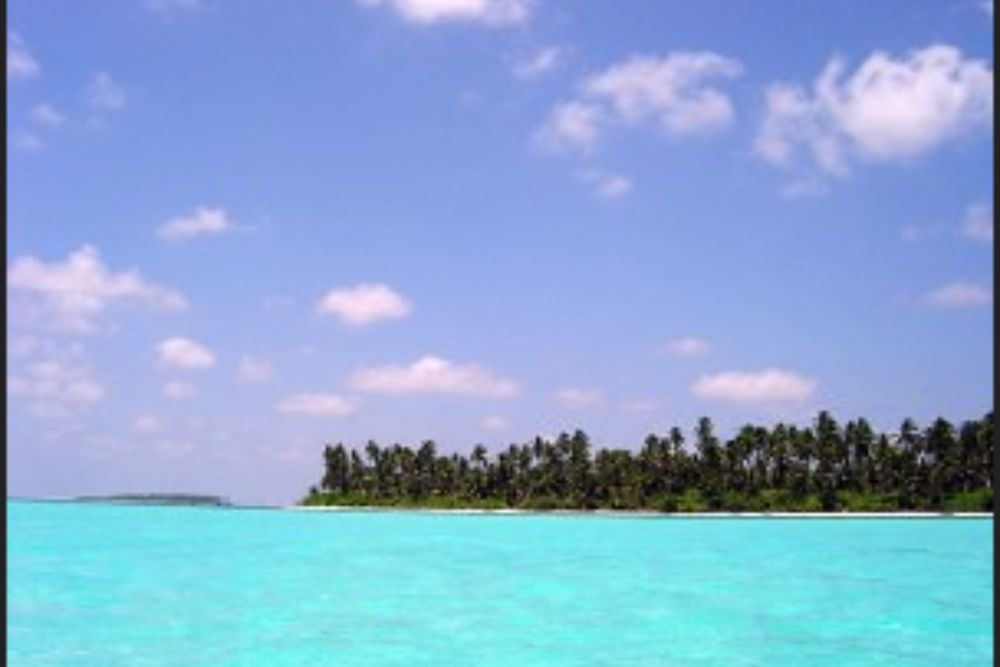
India’s least visited coral reef system harbors some of the most pristine deep reef environments in the northern Indian Ocean. The archipelago’s outer reefs feature unusual black coral gardens and large populations of sea fans at recreational diving depths.
You’ll need advanced certification and experience with currents to explore these sites safely. The reefs support several endemic fish species that have evolved in isolation from mainland populations.
Like Travel Pug’s content? Follow us on MSN.
Cargados Carajos Shoals
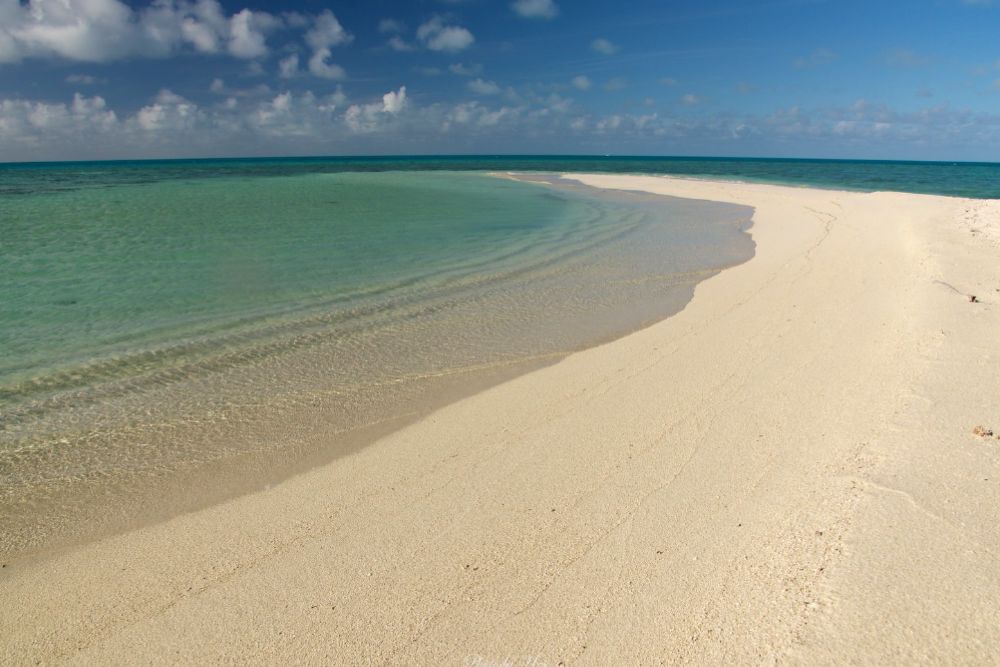
This little-known reef system north of Mauritius stretches for over 50 miles, offering countless diving opportunities in pristine conditions. The northern sections feature unusual coral formations that have adapted to strong wave action, creating distinctive reef architectures.
Advanced drift diving skills are essential due to the powerful currents that sweep through the channels. The shoals host several coral species that show remarkable resistance to warming events.
Mergui Outer Banks
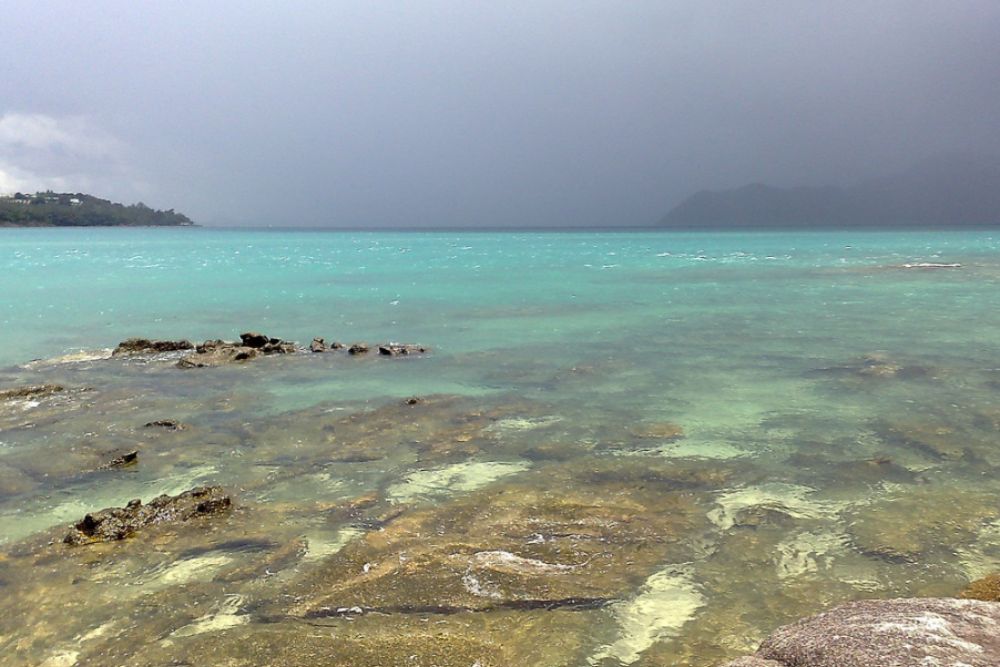
These remote reefs in the Andaman Sea feature some of the most diverse coral ecosystems in the region. The complex reef structures support an incredible variety of marine life, including several species of seahorses found nowhere else in the Indian Ocean.
You’ll need to time your visit carefully, as the sites are only accessible during the calm season. The reefs here show minimal impact from human activities, preserving pristine marine habitats.
Cosmoledo Atoll
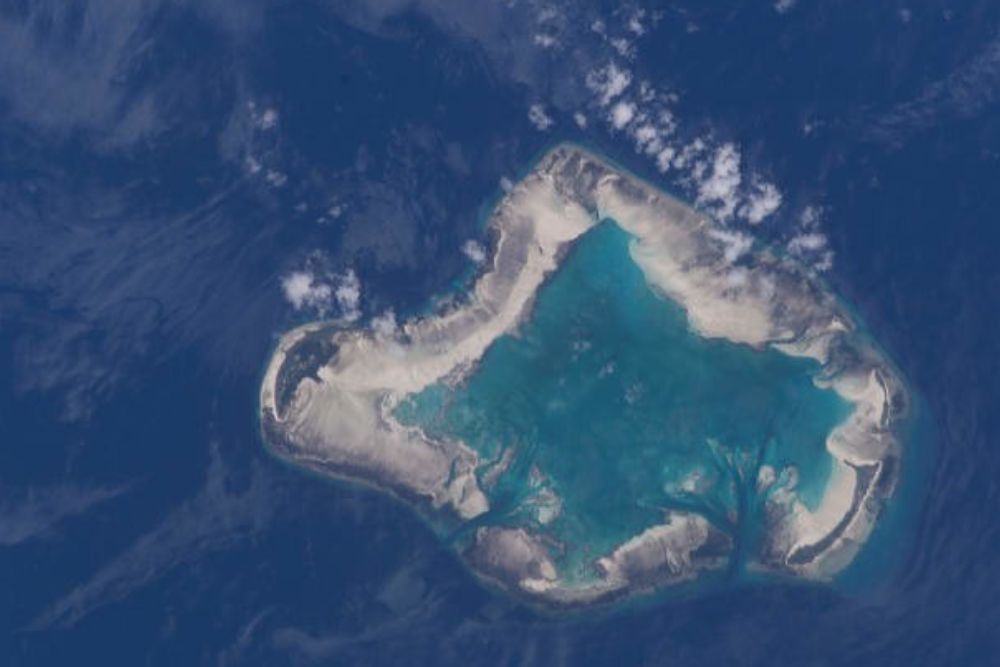
This remote Seychelles atoll features some of the healthiest hard coral populations remaining in the Indian Ocean. The outer reef drops dramatically into deep water, creating perfect conditions for encountering large pelagic species and unusual deep-water corals.
Advanced certification and significant diving experience are required due to the strong currents and remote location. The atoll’s protection status has preserved unique marine ecosystems that have disappeared elsewhere.
Like Travel Pug’s content? Follow us on MSN.
Île Tromelin Reef
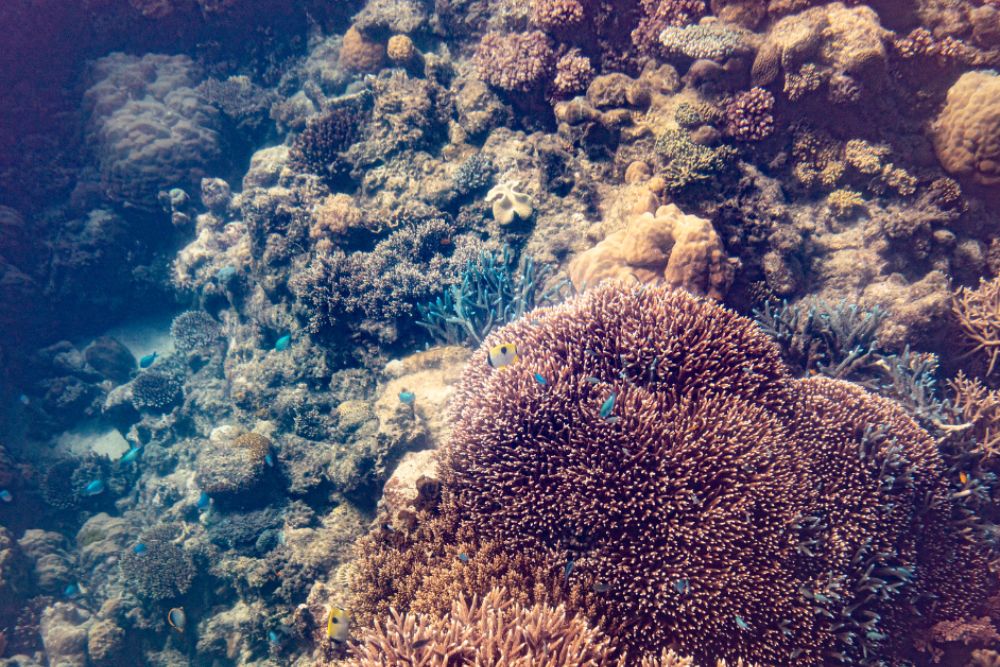
This isolated French territory hosts a unique coral reef system that has remained virtually unexplored. The reef’s unusual geographic location exposes it to both tropical and subtropical marine species, creating a unique mix of marine life.
Technical diving certification is required to explore the deeper sections where ancient coral formations persist. The reef’s isolation has created unique opportunities for studying coral adaptation to extreme conditions.
Discovering Pristine Indian Ocean Reefs
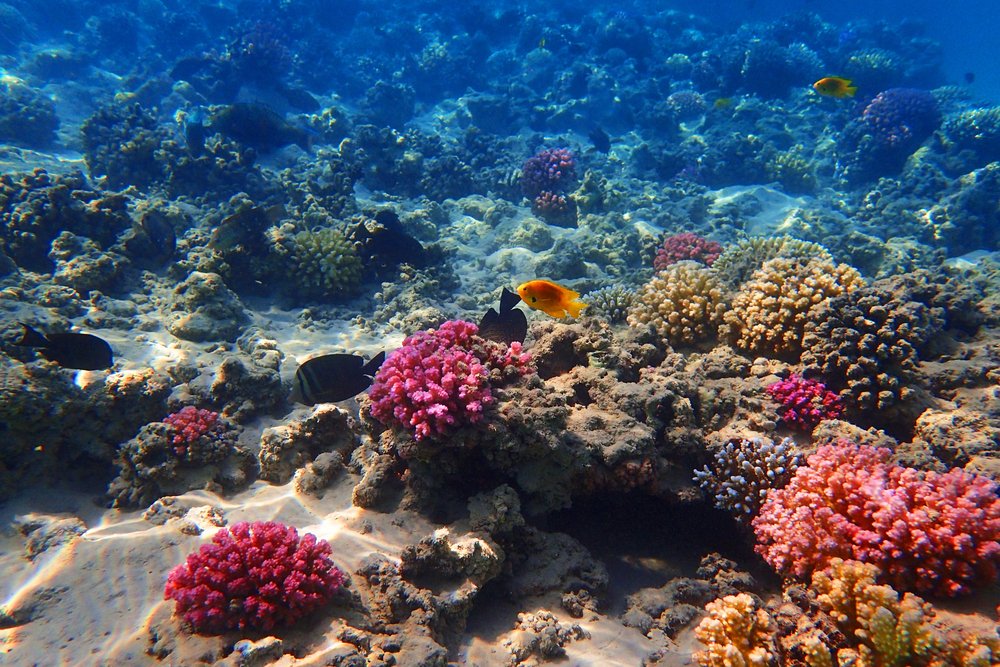
The Indian Ocean’s hidden reef systems represent some of the last pristine marine environments on our planet, offering diving experiences that transport you back to a time before human impact changed our oceans.
These sites remind us of the incredible diversity and resilience of coral reef ecosystems while highlighting the importance of preserving these underwater treasures for future generations. Whether you’re documenting rare species or simply soaking in the untouched beauty, these reefs offer adventures that will forever change your perspective on marine exploration.
More from Travel Pug

- 15 Dangerous European Cities to Avoid
- 15 Caribbean Islands Where Tourists Keep Getting Scammed
- The 20 Most Fascinating Abandoned Places: A Journey Through Time and Forgotten Spaces
- 15 Hidden Places in the Smithsonian Museums Locals Love: A Guide to Lesser-Known Treasures
- 16 Hidden Florida Beach Towns That Aren’t Overrun with Tourists
Like Travel Pug’s content? Follow us on MSN.
